While there is a multitude of complete survival kits available for you to buy online or at a sporting goods store, the truth is you will be better served by creating a customized survival kit by purchasing each of the items separately. The question is what survival tools should you include?
Table Of Contents
- Why Should You Buy Survival Tools Separately?
- Bandana
- Duct Tape
- Extra Clothing
- Fire Starting Devices
- First Aid Kit
- Flashlight
- Food
- Garbage Bag (Orange)
- Hatchet
- Knife
- Metal Container
- Paracord
- Survival Paracord Bracelet
- Personal Hygiene Items
- Poncho
- Shovel (Folding)
- Tarp
- Water
- Water Purification Tablets
- Survival Tools – Conclusion
- Recommended Reading
Why Should You Buy Survival Tools Separately?
This way, you can become more inherently familiar with each item that is in your survival kit, and you can also confirm that you actually have everything that you need. The truth is that many of the ‘complete survival kits’ don’t have everything that a survival kit should have, and furthermore, the items that are within those kits may not be of the highest quality in order to cut down on price.
Therefore, taking the time and spending the extra money to put together your own survival kit by purchasing the items separately wouldn’t be such a bad idea. Let’s go over the best survival tools that are absolutely necessary to be included in your kit.
Presented in alphabetical order:
Bandana
The bandana is perhaps the most classic survival item of all and with good reason. At a minimum, include two bandanas in your survival kit. You can use them for the following purposes:
- Bandage
- Cool Compress
- Gun Rag
- Napkin
- Shelter Building
- Signaling (if brightly colored)
- Sling
- Toilet Paper (last resort option)
BONUS TIP: in the morning, tie bandanas to your ankles and walk through a dewy field to collect water.
Leave it to some smart mind to make a bandana even more resourceful by putting emergency survival info on it.
UST Survival Bandana
The high-visibility orange UST Survival Bandana can be used as a head cover and includes a collection of survival tips on hiking safety, navigation, knots, first aid, and more. The Survival Bandana has information such as uses for paracord, finding a location without a compass, essentials needed for a hike, tips for keeping warm in the cold, water tips, how to use a mirror for signaling, and the many types of uses for the bandana itself.
Duct Tape
What would the world be like without duct tape? Okay, obviously things would be fine without it, but you get the idea: duct tape is highly useful and can be used to fix just about anything.
In a survival situation, you can use duct tape as a sling, to fasten splints to injured limbs, as a makeshift bandage, to wrap a knife to a pole to make a spear, or to help build a shelter.
Carrying a giant roll of duct tape can take up a lot of room and add unnecessary weight to your pack. We like the ASE mini rolls
Best Glide ASE Mini Survival Repair Tape
Be prepared for nearly any backcountry repair job with our conveniently sized rolls of versatile duct tape. Each roll is made and wound in the USA. The package includes two compact rolls of duct tape measuring 2 inches wide by approximately 50 inches long. These rolls of duct tape are small enough for your survival kit, medical kit, bag, or pocket. Keep some emergency duct tape handy just in case.
Extra Clothing
Extra clothing will take up space in your survival kit, but it’s also important in order to stay warm and to change into something else if the clothes you have on you presently get wet.
The three most important extra clothing items to include in your survival kit will be a warm jacket or coat, a warm hat, and an extra pair of socks or two. If your socks get wet and you continue to stomp around in them, trench foot can set in, and it can be devastating and possibly result in amputation if it goes long enough without medical attention.
Fortunately, this can be remedied by simply changing into a dry pair of socks.
Fire Starting Devices
Of course, building a fire is a top priority in any survival situation. In fact, getting a fire started is arguably more important than building a shelter in most circumstances. Sure, a shelter can protect you from the elements, but it’s a fire that can keep you warm, enable you to cook food or boil water, or help you see in darkness.
The more fire starting devices you have in your survival kit, the better, and the top three best fire-starting items to include will be a box of waterproof matches, a magnesium flint striker, and a waterproof lighter.
See our complete article on the best Fire Starting Devices.
First Aid Kit
A complete first aid kit is a must in a survival kit. Don’t buy a cheap $5 first aid kit that doesn’t even have each of the main essentials. Just as you want to buy each of the items separately in your survival kit, so you will want to do with your first aid kit as well.
Even the smallest of injuries in a survival situation must be treated with the absolute strictest attention. Just a tiny cut or a scrape on the knee can result in an infection setting in that lowers your chances of survival, and since you won’t have access to professional medical help, it’s up to you to take care of yourself and whoever you are with.
Here is a list of first aid items that are a must-have:
- Alcohol Prep Wipes
- Bandages
- Elastic Bandage
- First Aid Manual
- Gauze Pads
- Prescription Meds (if necessary)
- Sling
- Splint
- Tweezers
- Tylenol
If you want to go out and purchase a kit with almost everything you need, we like Surviveware’s offerings. Especially the waterproof first aid kit. You may still need to add a few essentials like painkillers and splints.
Surviveware Waterproof Premium First Aid Kit
We love this kit because it has extra space to add supplies you deem necessary like prescription meds. What we like best though is that it is totally waterproof. Can be submerged in water for up to 30 minutes without leaking.
Flashlight
A flashlight is a must for the sole reason that it can help you to see in darkness. One of the best flashlights on the market is called Maglite. These are duty flashlights that are primarily designed for military and law enforcement use, and they are among the most durable flashlights in existence to the point that they can be doubled as defensive clubs as well.
Maglites are available in a wide variety of different sizes; the lighter and compact sizes would probably be preferable for a survival situation in order to save on weight and space. Including an extra set of batteries will also be vital. Again, for the purpose of saving space and weight the Maglite Mini will provide plenty of light.
Maglite Mini Incandescent
No flashlight of this size incorporates the features, functions, and unique design elements of the Mini Maglite AA flashlight. What we love most is the candle mode. Converts quickly to a free-standing light, for convenient, hands-free light whenever you need it!
Food
Food may not be a ‘tool’ per se, but it’s still an important item to include in your survival kit. While you can last for three weeks without food, you will feel hungry and have an intense drain of energy in less than 24 hours without it.
The best kind of food to store in your survival kit will be food that is nutritious, portable, and doesn’t need to be refrigerated. Protein bars and energy bars will be your best bet. Here is our complete article on the best survival food.
Garbage Bag (Orange)
A garbage bag is perhaps the most overlooked survival item in existence. In a survival situation, a garbage bag can be used as a poncho (cut holes in the top and sides), for rainwater catchment, for solar still to collect condensation to drink, for keeping clothes and other items dry, or if it’s bright red or orange, as a signaling device.
Hatchet
A solid argument can be made that a hatchet is even more essential than a knife. That’s not to say that a knife isn’t worth including in your survival kit (on the contrary, it fully is), but it is to say that a hatchet cannot afford to be overlooked.
A hatchet is an excellent tool that can be used for a wide variety of purposes, including hacking ice, chopping firewood, helping build a shelter, getting a fire started (hacking the edge of a blade across a rock), or as a close-quarters self-defense weapon. Furthermore, some hatchets come with a hammer installed on the opposite side of the blade, which will also be highly useful.
Of course, because we are always looking to save space and weight we love the RoverTac 11-in-1 Multitool Stainless Steel Hatchet. The closest thing to a folding axe survival tool we found.
RoverTac 11-in-1 Multitool Stainless Steel Hatchet
Strong, reliable, and easy to handle, the RoverTac Multitool Hatchet is designed to tackle almost all jobs in almost every situation. The Hammer and Axe are the core of this tool, but it also includes a knife blade, saw, Phillips screwdrivers, bottle opener, can opener, file and more. 11 tools in all.
Knife
Of course, you expected to see the knife included in this list. The knife is an absolutely imperative survival item and a top priority to include in your survival kit due to the fact that it is one of the most versatile tools in existence. From self-defense to cutting/splitting wood to cleaning games to getting a fire started with a magnesium flint striker to carving tools, the knife can do it all.
Specifically, you should include two knives in your survival kit. The first should be a fixed-blade knife in a sheath that you can keep strapped to your side. The military KA-BAR knife is an excellent example of a high-quality fixed-blade knife.
Make sure that your fixed blade knife is a full tang knife with the blade extending into the hilt for added durability. The fixed-blade knife can be used for fastening to the end of a pole to make a spear, for splitting firewood, and for defense,
The second knife should be a smaller folding tactical knife that you can clip into your pocket. This knife can serve as a backup to your full tang fixed blade knife or for purposes where a large knife simply isn’t necessary. Examples of things you can use a smaller knife for include getting a fire started or carving wood.
Again we look to RoverTac for our pocket knife pick.
RoverTac Pocket Knife
The Rovertac Multitool Knife is designed to tackle almost all jobs in almost every situation. Featuring a stainless steel blade and secure locking system, this lightweight multi-tool integrates 7 convenient tools. Including Pliers, a Bottle Opener, a Can Opener, a Philips Screwdriver, and a set of 9-in-1 screwdriver bits.
Metal Container
A metal container can be used for cooking food or boiling water over a fire. Any metal container that’s of decent quality will work here.
Paracord
Rather than include heavy and bulky rope in your survival kit, carry the light and just as useful 550 paracords instead. Paracord is a highly useful survival item because it will be invaluable for building shelters or rappelling down steep cliffs. A convenient way to carry a paracord will be in the form of a paracord bracelet.
Survival Paracord Bracelet
Paracord Bracelets have been around for a while, but recently they have been upgraded to include other survival features. This one includes a light, firestarter, compass, and whistle. And you might as well get two since you most likely won’t be traveling alone.
Personal Hygiene Items
Personal hygiene and sanitation is not something to overlook in a survival situation, even though it commonly is. You want to keep yourself as clean as possible in order to keep infections at bay.
With that in mind, here are the top personal hygiene items to include:
- Chap Stick
- Deodorant (travel sized)
- Hand Sanitizer (can also be used to help get a fire started)
- Shampoo (travel sized)
- Soap Bar
- Toilet Paper (at least 1 roll)
- Toothbrush
- Toothpaste (travel sized)
Poncho
As long as you have a garbage bag for the task, then carrying a poncho may not be necessary. That being said, having at least something to use as a poncho will be imperative to keep you as dry as possible from the rain.
Shovel (Folding)
This one is debatable. On the one hand, a shovel takes up a lot of space and weight in your pack, even if it’s a folding model.
On the other hand, though, it’s incredibly efficient for digging holes and trenches (which can be good for everything from disposing of human waste to building shelter), and it can also be used as an effective self-defensive weapon as well. Some also come installed with a serrated blade for defense or for cutting through wood.
If you are going to include a shovel we like Rhino’s offering
RHINO USA Folding Survival Shovel
The shovel head features a sawtooth edge for cutting and can be used as a hoe/pick when rotated 90 degrees. Its compact design utilizes the full 23” long extended shovel while still being able to collapse down to 9” when you’re ready to store it.
Tarp
A tarp is very bulky even when folded and will take up the most amount of space in your survival bag, but it’s simply so useful that you can’t pass it up. There is no better shelter building in existence than a simple tarp.
In fact, with nothing more than some poles you find in the woods, some paracord, and a tarp, you can get a lean-to or A-Frame shelter built in less than thirty minutes easily. You can also use a tarp as a blanket/sleeping bag, as a mattress, or to catch rainwater.
Water
As with food, water may not be one of the survival tools that come to mind, but it’s still incredibly important to have with you because you simply can’t live without it.
Always carry water in a metal canteen/container (for durability). You can only survive for a maximum of three days without water, and you’ll start to feel the negative effects of dehydration (pounding headaches and a severe loss of energy) in less than twenty-four hours. This means that carrying water, with additional means to procure more, is absolutely necessary. However, a water filter is one of the most essential survival tools we recommend.
LifeStraw Water Filter
A personal water filter that will allow you to drink water directly from the source is a definite must. The best personal water filter on the market is the LifeStraw. Even though it costs less than $20, it will remove 99.9999% of waterborne bacteria and filter up to 1,000 liters before needing to be replaced.
Water Purification Tablets
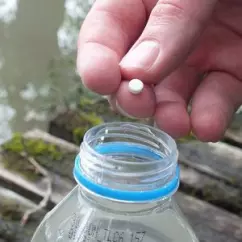
It’s simply not worth the risk and drinking contaminated water can sometimes be even more dangerous than not drinking any water at all. Purification tablets such as AquaTablets will purify water in less than 30 minutes and make it safe to drink.
Survival Tools – Conclusion
All in all, the above items are each fully necessary to be included in your survival kit due to their usefulness and their versatility. Sacrificing any of these items in an attempt to save weight or space could ultimately play against you in a true life-or-death survival situation.
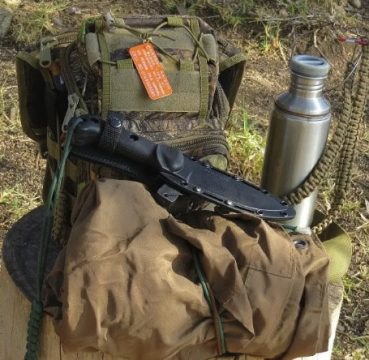












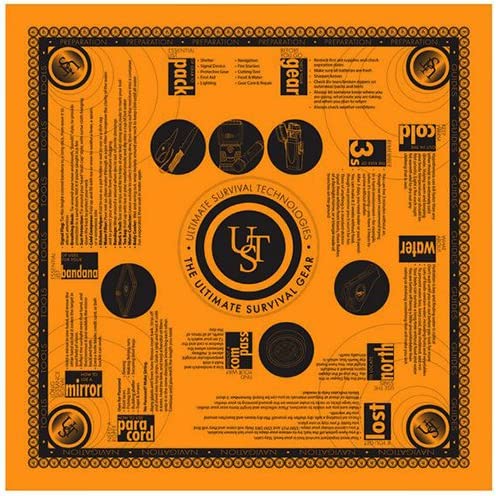
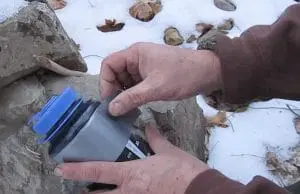
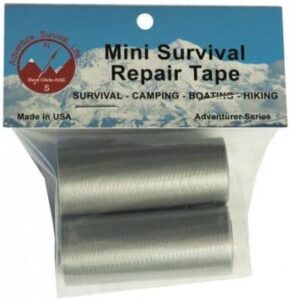
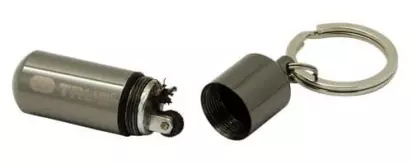
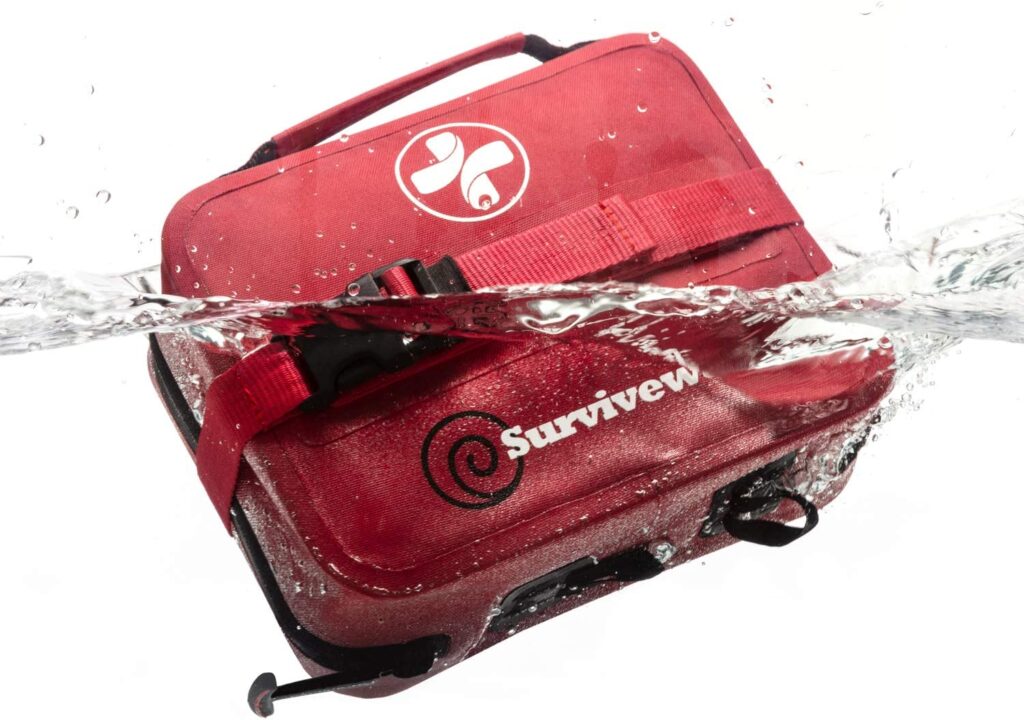
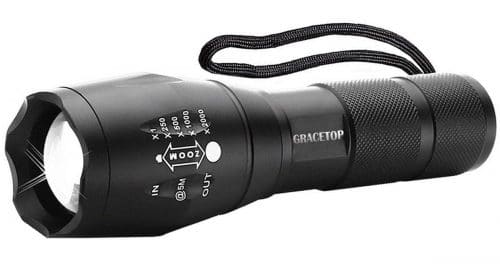
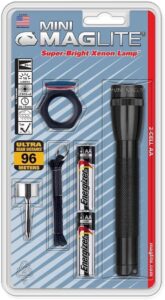
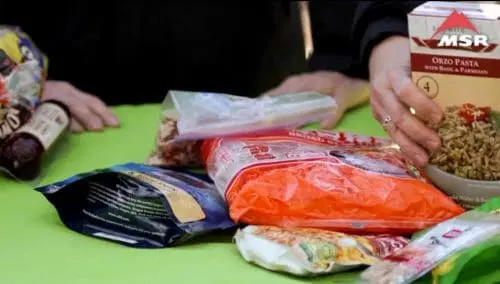

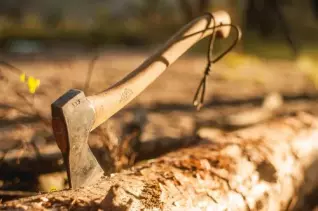
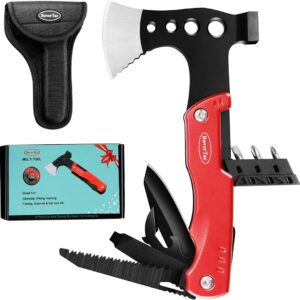
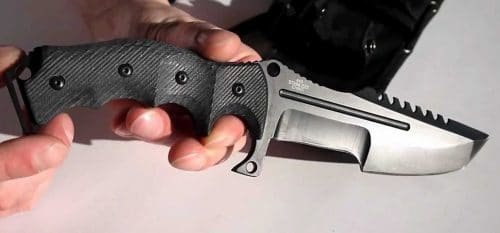
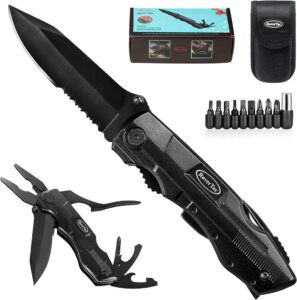

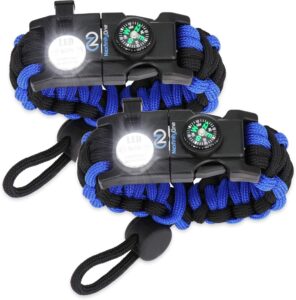

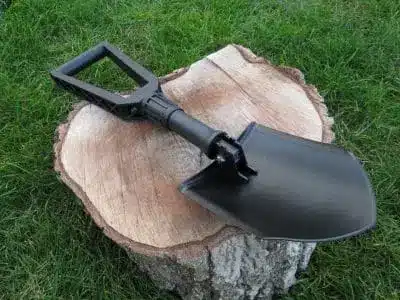
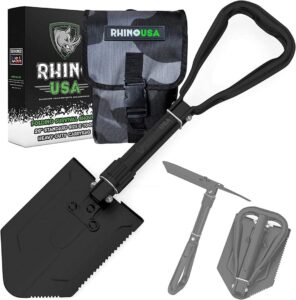
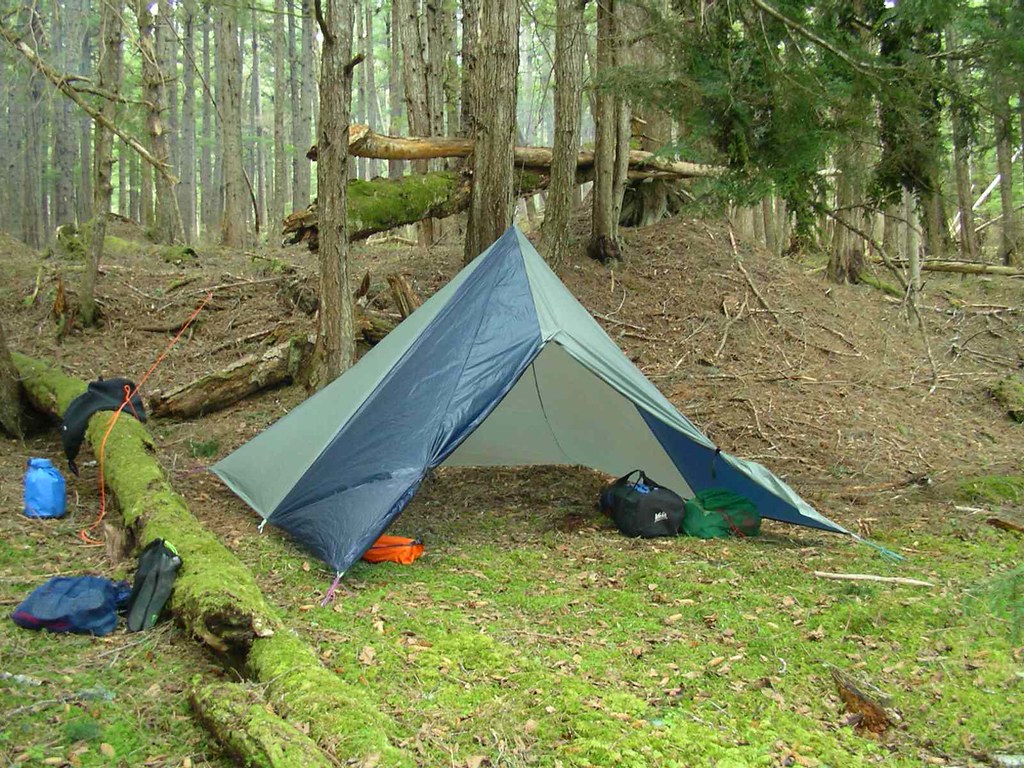
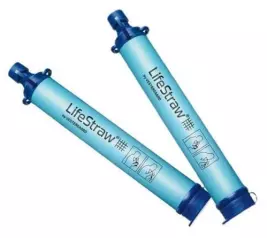









One Response
this is very helpful we need more information on survival stuff thank you